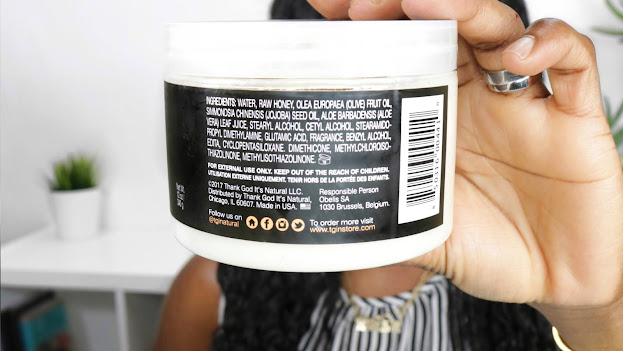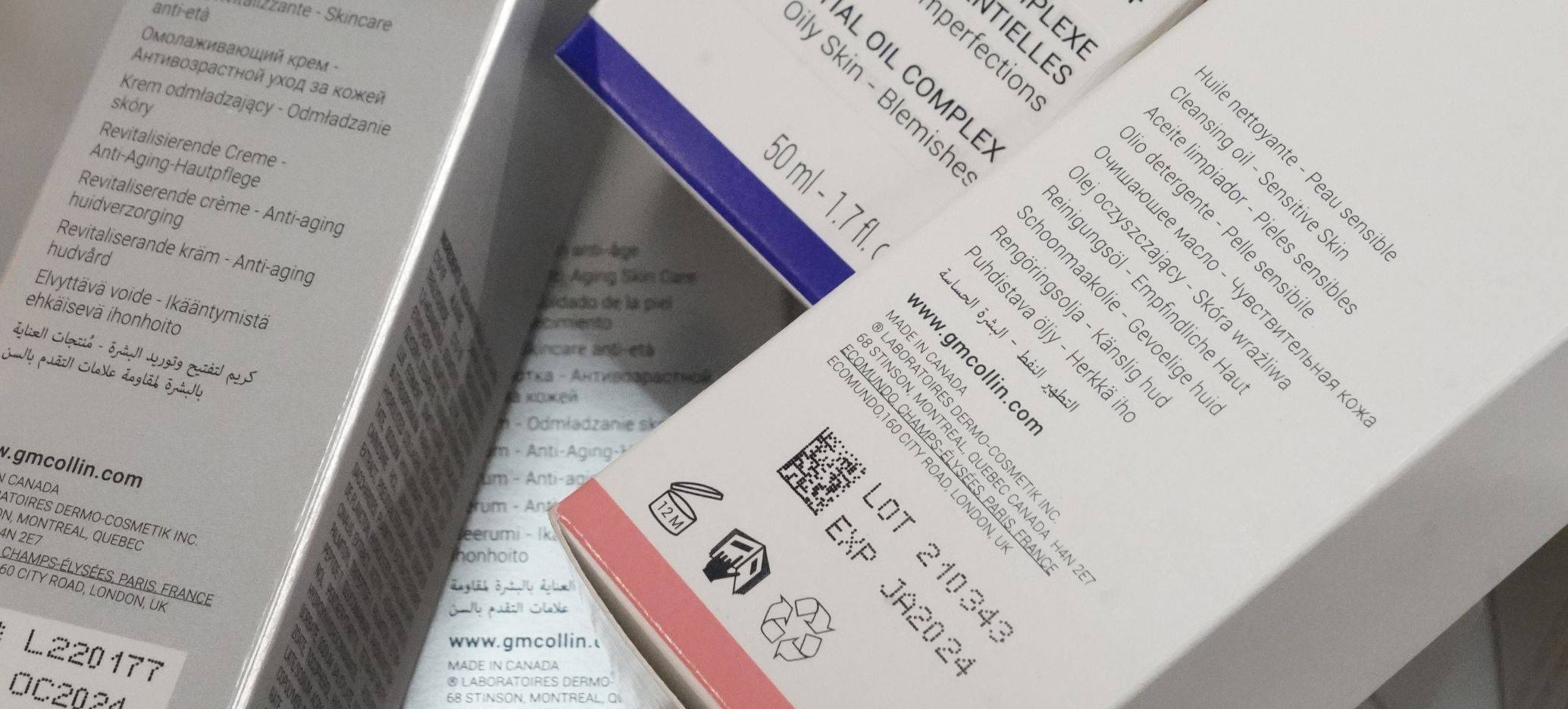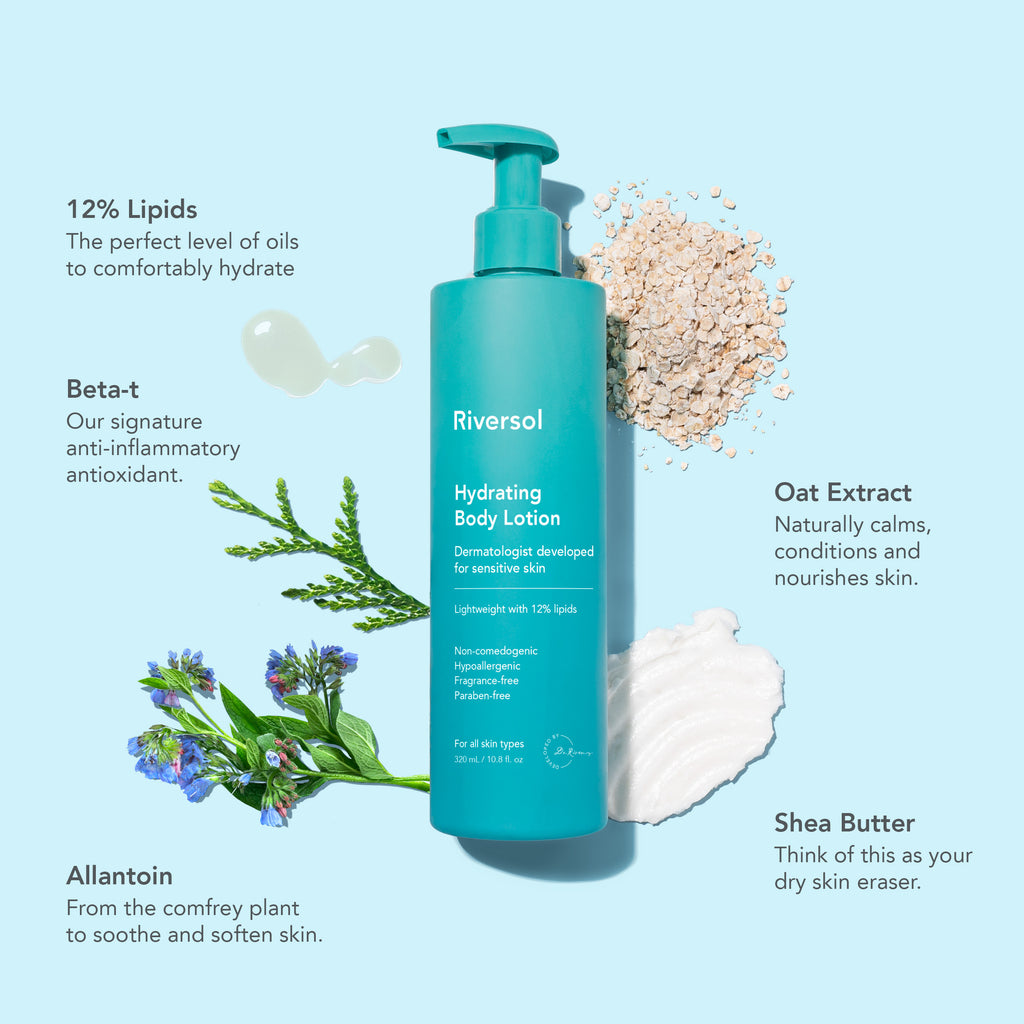


Date: 05 Nov 2025
In a world filled with countless skincare and beauty products, knowing how to read a product label is no longer optional—it’s essential. Whether you’re buying a moisturizer, serum, or foundation, the label is your first guide to understanding what’s truly inside.
However, beauty labels can be confusing, often filled with scientific terms and marketing buzzwords. By learning to decode them, you can make smarter, safer, and more informed choices for your skin.
According to the U.S. Food and Drug Administration (FDA), cosmetics and personal care products are regulated for labeling accuracy. This means that understanding how to interpret a product’s ingredients and claims empowers you to protect your skin and health.
Labels are more than just packaging—they’re your direct window into the safety, effectiveness, and quality of a product. A product label provides critical information such as the ingredient list, expiration date, manufacturer details, and product claims.
Reading labels carefully helps you identify potential allergens, avoid harmful chemicals, and choose products that align with your skincare goals. For instance, if you have sensitive skin, understanding terms like “fragrance-free” or “hypoallergenic” can save you from irritation and flare-ups. Moreover, learning to read labels ensures you’re not swayed by marketing hype but are guided by facts and formulation.
For more details, the European Commission’s Cosmetics Regulation also outlines clear rules on labeling, ensuring consumers get truthful product information.

Beauty labels often include industry terms that sound appealing but may be misunderstood. Here’s what some of the most common ones really mean:
Understanding these terms can help you filter out unnecessary or unsuitable products and choose what best fits your skin’s unique needs.

Reading an ingredient list may seem overwhelming, but once you know what to watch for, it becomes second nature. Ingredients are typically listed in descending order of concentration—so the first few listed are the most abundant in the product.
Here are some common ingredients to be cautious about:
Conversely, look for beneficial ingredients such as hyaluronic acid, niacinamide, vitamin C, and ceramides, which enhance hydration, even tone, and strengthen the skin barrier.
For ingredient safety ratings and in-depth analysis, you can refer to the Environmental Working Group’s Skin Deep Database.
Ever noticed small icons on your beauty products and wondered what they mean? These symbols provide vital information about ethical standards, product safety, and environmental impact. Here are some to know:
Recognizing these certifications helps consumers support ethical and sustainable brands, fostering transparency and environmental responsibility in the beauty industry.
Many brands use catchy phrases like “natural,” “clean beauty,” or “dermatologist-tested” to attract attention. While these may sound promising, they aren’t strictly regulated terms. Always back up claims by checking the ingredient list and researching the brand’s reputation. True skincare wisdom lies not in the label’s design but in the fine print beneath it.
1. Why is it important to read a skincare label before buying a product?
Reading labels helps you understand what ingredients you’re applying to your skin, avoid harmful chemicals, and ensure the product aligns with your skincare needs.
2. Are natural products always safer?
Not necessarily. Some natural ingredients can still cause irritation or allergic reactions. Always test new products on a small area of skin first.
3. How can I tell if a product is cruelty-free?
Look for certified logos like the Leaping Bunny or PETA’s cruelty-free certification. Visit Cruelty-Free Internationalfor verified brand listings.
4. What’s the difference between “fragrance-free” and “unscented”?
“Fragrance-free” means no scent ingredients are added, while “unscented” may still include masking fragrances to neutralize odor.